Sunday Classic / Should You Be Sharpening Your Hooks More?
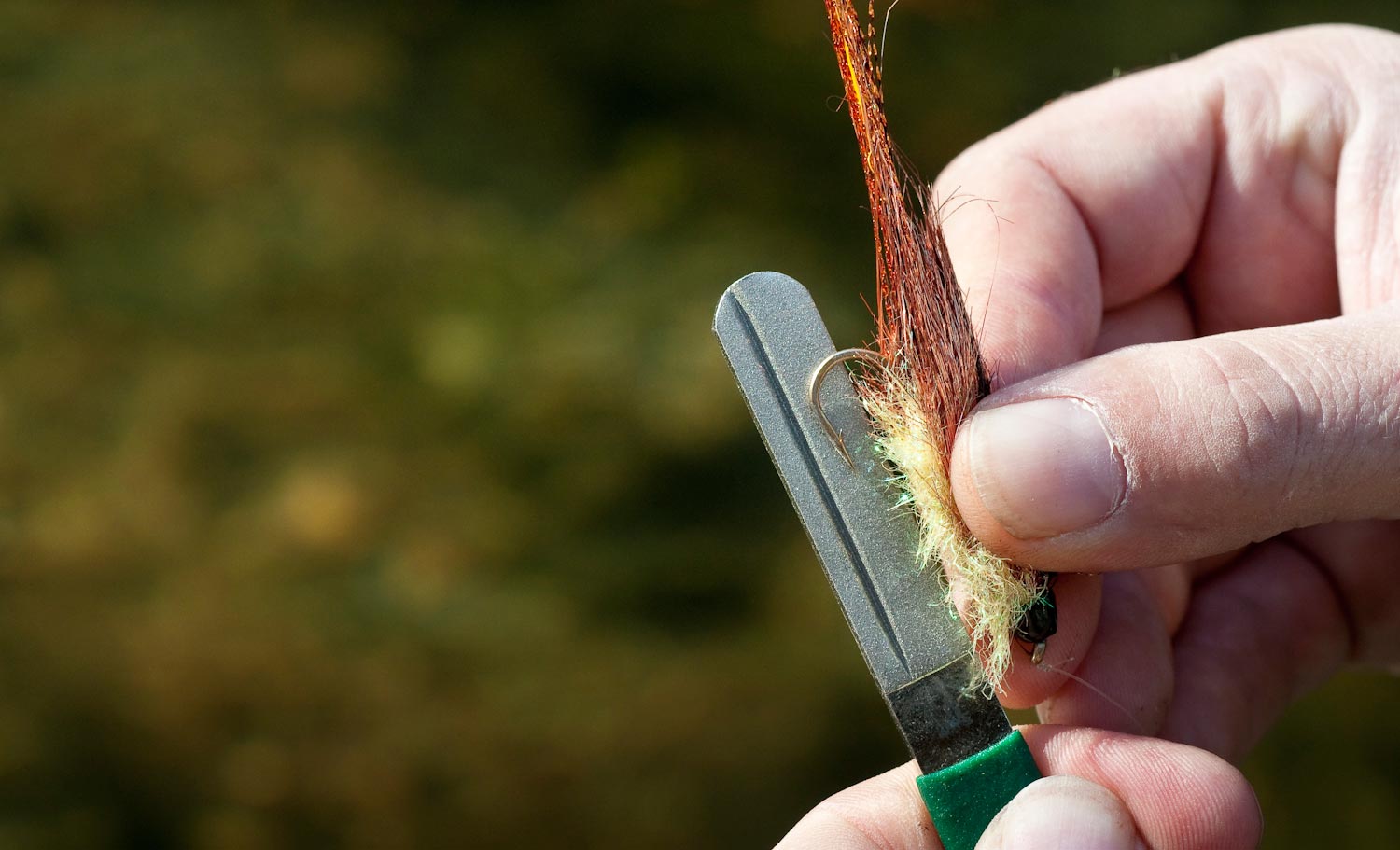
Casting all day long, searching for that beast of a brown. I’m giving it everything I’ve got. I know that’s what it’s going to take if I want a decent shot at landing a big mature brown trout. I’m looking for a 20 plus-incher and they never come easy. And where I live, you’re lucky to get a few opportunities at legitimate wild brown trout of this caliber all year long. We’re approaching a bend that’s known for holding butter slabs and I present a perfect cast right against the deep undercut bank. The retrieve begins, strip strip, pause…, strip strip, pause. Without any warning my six-inch articulated sculpin gets slammed and my fly rod just about comes out of my hands. It’s just been devoured by something very big, and I think it’s what I’ve been looking for. I set the hook hard and my rod bends as the fish breaks the surface thrashing violently, shades of butter are spotted. “It’s a brown!” I yell, but two strips and two head shakes later my fly pulls loose and the beast swims away. My prized catch is lost.
Read More »Saturday Shoutout / Diplomatic Immunity

The Winter 2017 issue of Southern Culture on the Fly is alive and well, With Diplomatic Immunity.
A little love for two-hand rods, and the wife. Some cold water, some saltwater, and some far flung water. Some fly tying and some tying one on. To understand the world, you have to understand a place like S.C.O.F.
S.C.O.F.: DIPLOMATIC IMMUNITY
Read More »8 Elements of Fly Design to Follow for Imitating Trout Food Sources
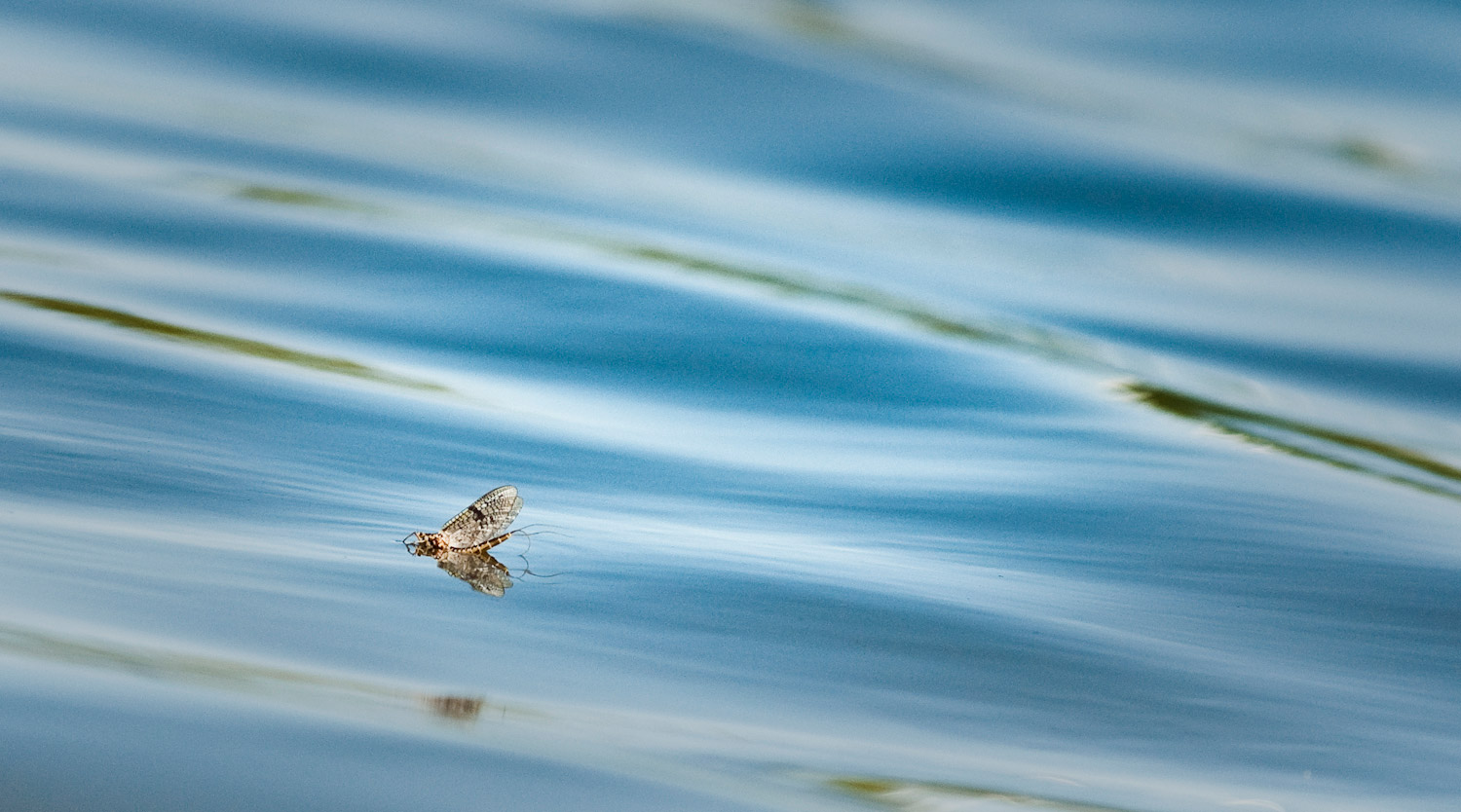
When tying fly patterns, it’s very important that you try your best to incorporate several different elements of fly design to increase their effectiveness. No one knows with complete certainty what order or priority trout rank each element of a food source or fly pattern, but most anglers agree that the value or ranking of the elements often change depending on how long a trout has been selectively feeding on a specific food source, at what frequency the specific food source is being eaten, and how diverse or consistent a trout’s diet is at the present moment. The order of the elements that I will talk about in know way ranks the importance of the elements. Instead, fly tiers should look at them together as a whole, and try to include as many as possible or as a check list of the features a fly pattern should have when completed. Doing so, they should find there fly patterns more effective on the water for fooling and catching trout. In this post, I will specifically talk about eight different elements of fly design that fly tiers should pay close attention to when tying fly patterns at the vise.
Read More »Bonefish Body Language
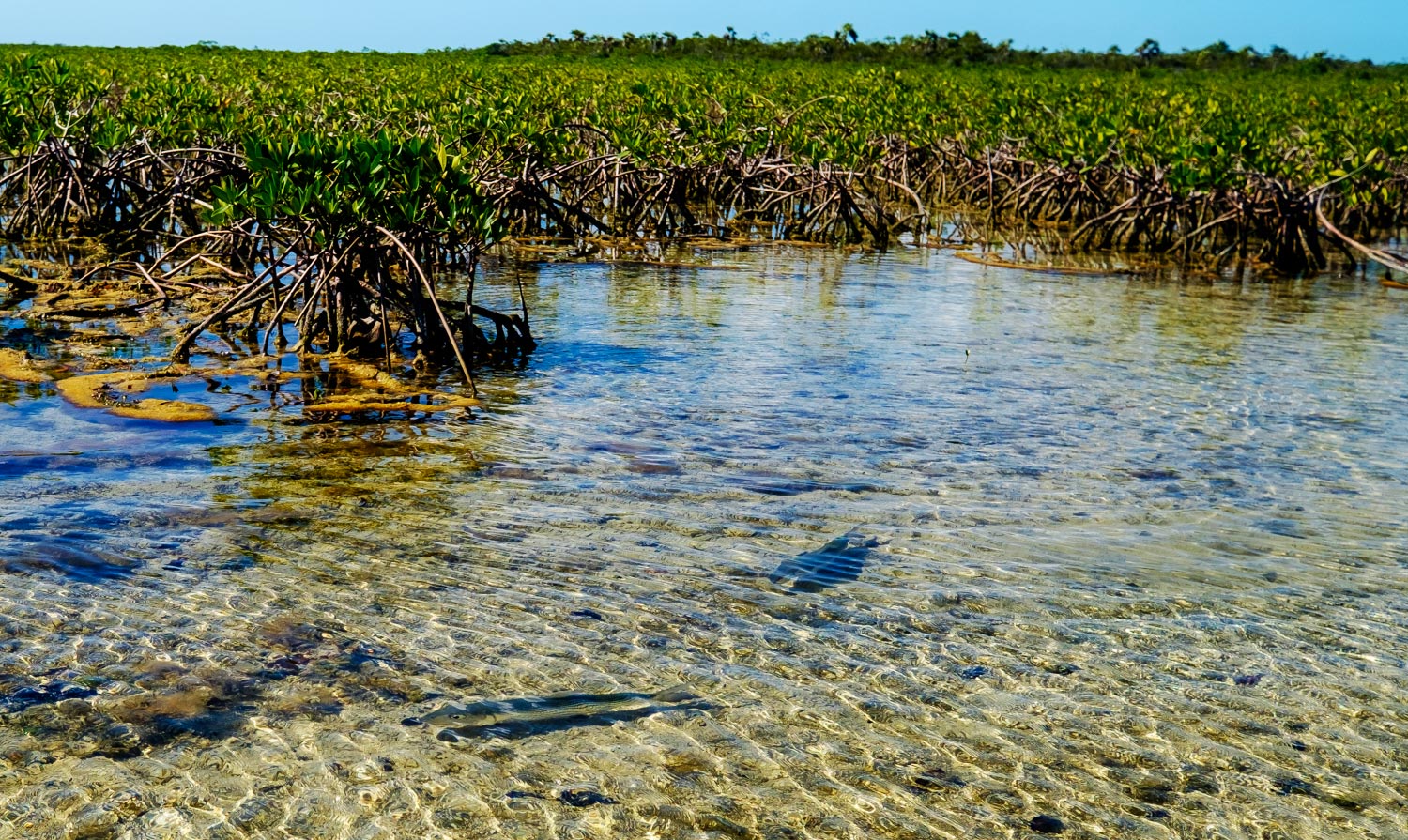
By Owen Plair
Being able to read the body language of any fish is by far one of the best ways to anticipate the bite, especially when it comes to feeding a bonefish.
Recently I had the opportunity to experience bonefishing on South Andros, Bahamas, and learned a lot during the week about how the body language of a bonefish can visually tell you what’s happening when you can’t see the bite.
From skating flies for Atlantic Salmon in Russia to targeting migrating Tarpon in Islamorada, and countless species in between, watching a fish open their mouth, and eat the fly was something I had always been accustomed to when sight fishing. I had never thought about sight fishing Bonefish and the fact that you can never really see that little white mouth open up and swallow the fly. There was only one fish during the entire week I could see open her mouth and swallow the fly because by chance it was 10ft off the bow on a cloudy day.
The first 4 or 5 fish of the trip I hooked simply by listening for the guide telling me, “Set mon, set!” It’s amazing how fast your brain and muscles work together when pulling the fly line tight to a bonefish’s bottom lip. Hooking those first few fish of the trip was amazing but the feeling I had, as an angler, not being able to anticipate the bite drove me absolutely nuts! I simply just couldn’t figure out what the guide was seeing that I wasn’t and I soon started to ask questions after every fish, learning through experience on the water with my guide.
One of the most important things I learned about reading a bonefish bite was looking for the sudden stop.
Most times in fishing when the fish stops behind your fly they’re stopping for a reason. Either they’re eating your fly or changing their mind and turning off. I found that with bonefish, it was that the best way to anticipate the bite. Every time a fish would stop I was ready for the long strip set. The bite was still invisible to me but I learned the “stop” which helped me anticipate the fish eating and prepare myself for the set. It also took some time to get used to stopping the fly for the fish to eat. Most other species I’ve targeted always like a constant moving fly.
Another key body language
Read More »Fishsaver

I’M STARTING TO THINK THAT IT’S NOT MY COMPUTER MONITOR THAT I’M SAVING.
Here’s something you probably haven’t thought about. If you are a regular G&G reader, it’s likely that your picture of what goes on behind the curtain is more dramatic than it actually is. You might be tempted to think that I am always on the bow of a flats boat or on the sticks floating a river somewhere or knee-deep in a steelhead run, and for an average of one week a month, that’s fairly true. What you probably haven’t pictured is what goes on the other three weeks of every month, which is less exciting.
In most homes there is a room where you don’t take visitors. In our hundred-twenty year old home, which is short on closets, there certainly is. A room full of camping gear, suitcases, fabric remnants, and more than a few cameras and fly rods. In the corner of that room there is a small antique desk with two very large computer monitors and a laptop. That’s the Gink and Gasoline world headquarters. My version of a Bond villain’s secret island with underground fortress.
I don’t mean to take the polish off, but most of what you see online is a result of the days spent here, not the ones spent on the river. It’s an awesome job, but it’s a job. Anyway, my trusty Macbook Pro, which has chugged along like a Timex for over ten years finally became functionally obsolescent this year and has been replaced by a shiny new iMac. I’ve spent much of the week between Christmas and New Years migrating data and getting the new machine up to speed.
Part of that transition has been updating the screensaver. For decades now there has been a folder on my hard drive named Fishsaver. In that folder are hundreds of images of fish, which scroll across my computer screen before it drops off to sleep. I’m sure all of you have something similar, but this one is special. Not because it’s mine but because it has actually taken over my life, and not just because I spend way too much time looking at the images.
I started the Fishsaver back when I
Read More »Sunday Classic / The Finer Points of the Ready Position
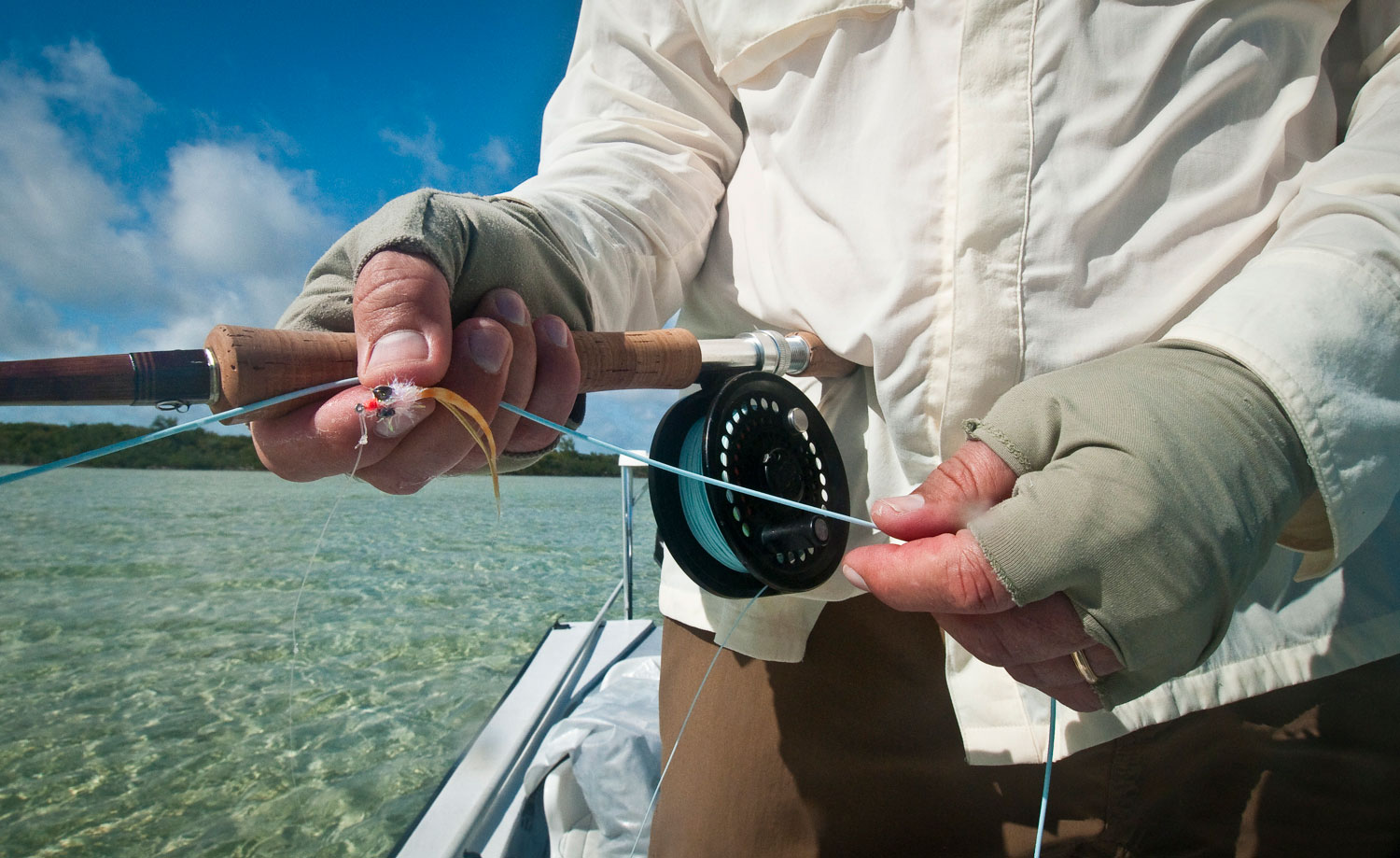
I’VE TALKED ABOUT THE READY POSITION BEFORE BUT IN TEACHING THE BONEFISH 101 PRIMER ON OUR TRIP TO ANDROS SOUTH, IT OCCURRED TO ME THAT SOME OF THE FINER POINTS BEAR REPEATING OR AT LEAST MORE THOROUGH EXPLANATION.
A good ready position is vital in making a quick and accurate presentation. It will save you the embarrassment of pulling a fly out of your pants, or worse, while you watch the fish you’d hoped to catch swim away. It’s a simple thing but easy to screw up. Here are a few points that I consider important to the ready position.
THE LEASH
The leash is the amount of line outside of your tip top. The length of your leash should be, fly line at least the length of your rod plus your leader, so 9 feet of fly line plus, let’s say, a 12 foot leader to equal 21 feet of leash. This should be enough line to load your rod quickly and start shooting line immediately. It’s also enough line to make a fast short shot at the occasional fish that gets up your skirt.
As important as having a good leash is maintaining it. What I mean by that is keeping up with what your leash is doing. A good leash is no help if it’s stuck under the bow of the boat or dragging a clump of grass. Keep an eye on the current and wind conditions to figure out where you need to hold your rod to keep your leash out of trouble. Sometimes I find it helpful
Read More »Saturday Shoutout / Stones in the River
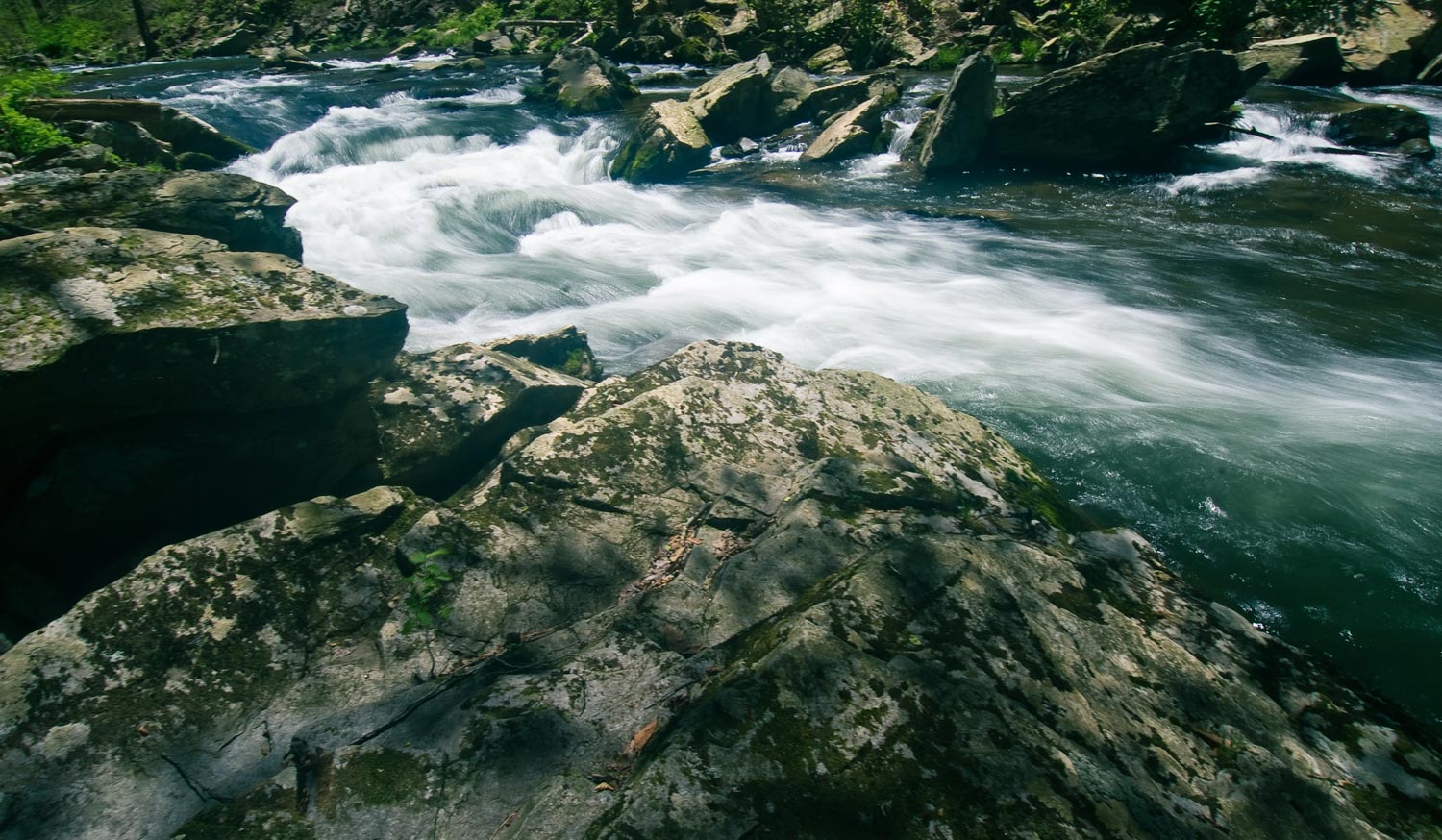
A new novella from Jason Tucker of Fontinalis Rising.
Long before he was my friend, and a G&G contributor, Jason Tucker was one of my favorite writers. I stumbled across his site and it inspired me. Without knowing it, Jason was instrumental in the forming of Gink and Gasoline.
I have read the first chapter of his novella, “Stones in the River,” and I can already tell you I love it. Jason’s writing is vivid and authentic and lends a grit to a story uniquely his own.
Jamie Simpson is a regular guy, working a job in his hometown in North Carolina, until the day that he wins the lottery. He’s determined not to change, but before he even gets the money his whole life is turned upside down. With time and money on his hands there is only one place he thinks he can go to figure it all out- Alaska. There he discovers new friends, an enigmatic lover and newfound adventure, but will the price be too much to pay?
CHECK OUT “STONES IN THE RIVER”
Read More »Light Where You Need It
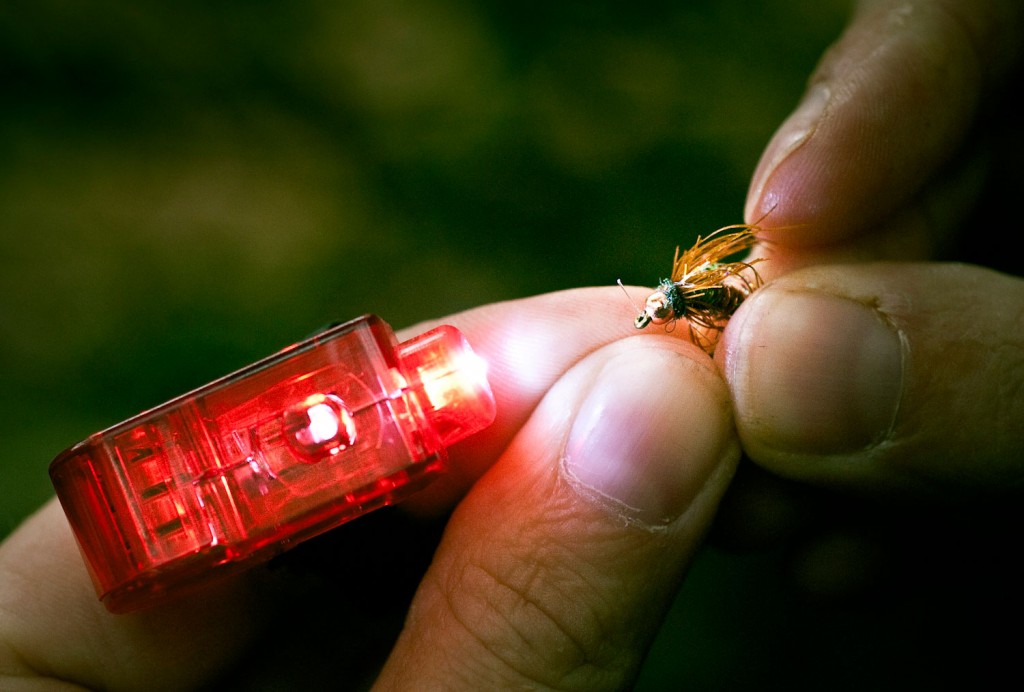
THE SUN HAS DIPPED BELOW THE HORIZON AND THE EVENING CHILL IS IN THE AIR.
You’ve got maybe thirty more minutes to fish if you push it. The hatch is on and you can hear fish rising all around you as you struggle in the waning light to change your fly. The fish keep rising and so does your blood pressure but the eye of the hook continues to evade you.
That sounds familiar doesn’t it? I know my eyes aren’t what they used to be. I’ve used a clip on head lamp for years but it frustrates me. When I lift my head to look through my bifocals the light is shining over my hands and I always feel like I’m spooking fish with that lighthouse on my hat. Then I saw my niece and nephew playing with their Christmas stockings. They had the answer to my problem.
Read More »Fly Fishing the Trico Hatch & Spinner Fall
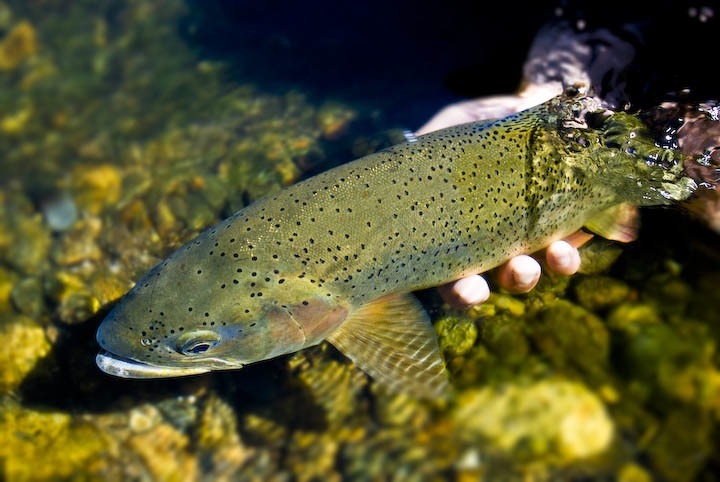
The first major spinner fall that I ever witnessed and had the pleasure of fishing took place many years ago on the South Platte River in Colorado. I’ll never forget the excitement I felt as I watched countless trico spinners floating downstream in the surface film. Never in my life had I seen so many bugs on the water. With one scoop across the surface of the water with my hand, I held dozens of tricos. I was so amazed by the density of bugs on the water that it put me in a frozen trance. Unable to wet a line, I remember thinking to myself, “This must be what fly fishing in heaven is like.” Growing up in the Southeast, I’d never seen a spinner fall of such magnitude. I’d only read about them in books. Looking back on that day now, I believe my reluctance to start fishing that morning had a lot to do with me just taking it all in, and appreciating the true beauty of nature at work. Only after I took the time to pay my respect to the bugs and wild trout, did I feel worthy enough to begin fly fishing such a beautiful place.
Read More »Top anglers simply fluff about less
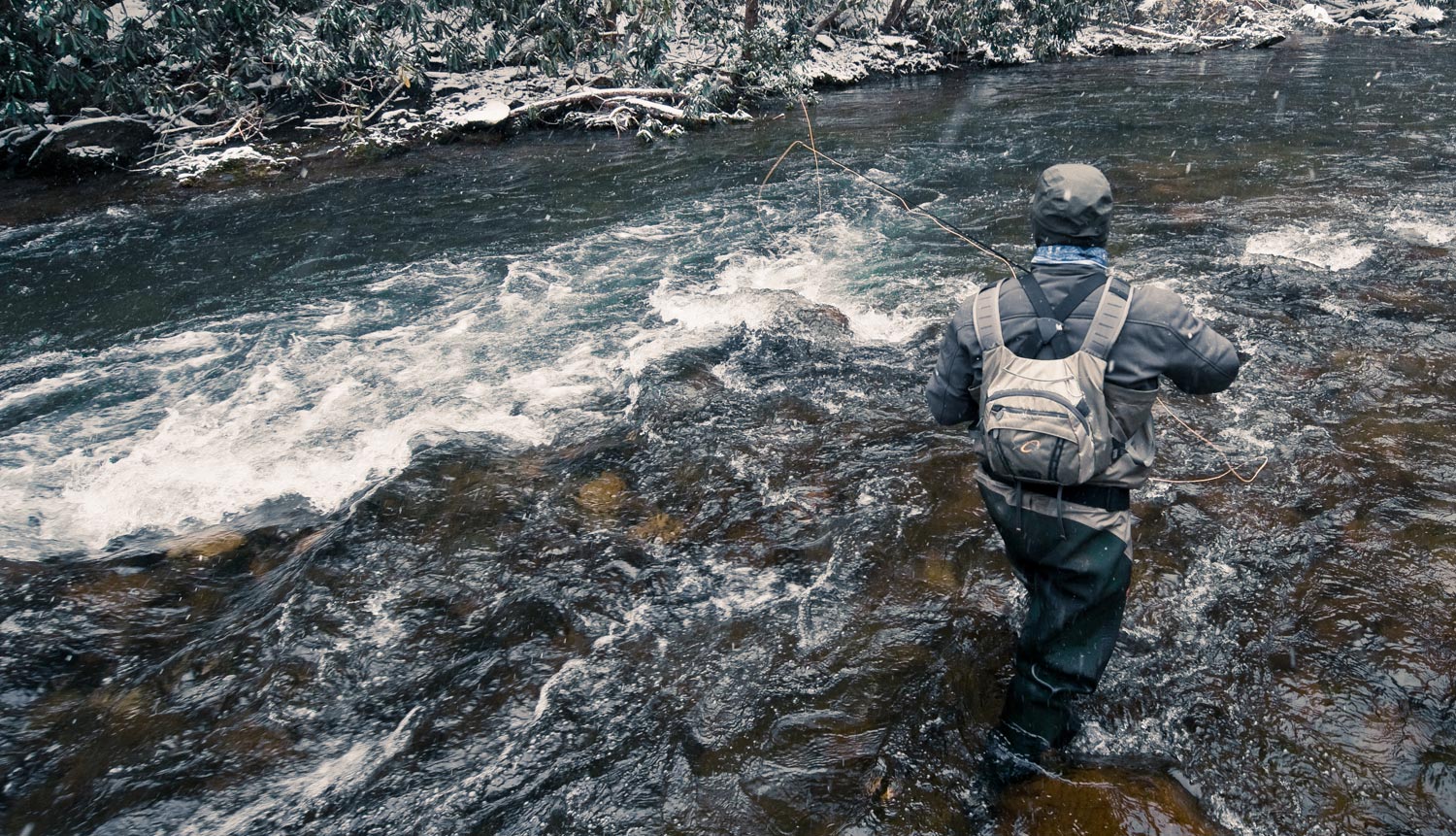
By Chris Dore
They get into position, and get their fly out there in front of fish quick and without hassle. This is one of the reasons why they simply catch more fish.
THE SCENARIO…
Now Johnny Punter, upon being shown a feeding fish will saunter into position, after painstakingly dropping his pack and adjusting his waders, wiping his glasses clean and then proceeds to wrap his fly around his rod tip several times, while still flailing away false casting, while peeling 10 inches of line from the reel every false cast…. in case you’re wondering, he did not catch that fish…
WHAT CAN YOU DO?
Create a pre-cast routine… it’s that simple.
Advanced Archery Bowhunting guru, Simon Bullivant once advised me to create a ‘shot sequence’ when preparing to fire at a target. “Practise it often, cover the essentials and make it instinctive, then you’ll hit more targets.”
My shot sequence now consists of nocking the arrow, checking it’s tight, tweaking the peep site, securing the release and drawing back smooth, ensuring the knuckle of my thumb lightly touches the lobe of my ear. Inhale…exhale…pause and squeeze.
I bark a lot of directions on the river as any of my guiding clients will tell you. However one of the most important ‘orders’ is the series of actions from the approach to the trout to the cast. Here’s a sampler:
– Take a prominent marker so you know where the fish is from your casting position — usually a different position from where we initially see him… “two rod lengths out and half a rod length below that lowest willow branch,” or “half a rod out from that boulder.” (My 30′ will differ from your 30′ often greatly, so if we talk in rod lengths then you can create a visual…)
– Get down there ASAP and begin your approach. If the fish is out there, I don’t want you up here.
– As you’re moving into position,
Read More »